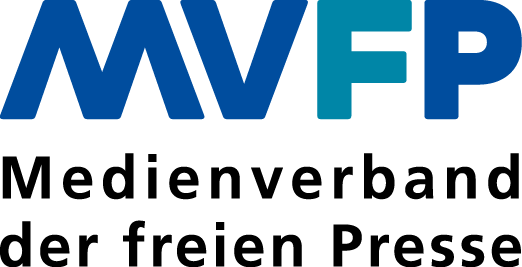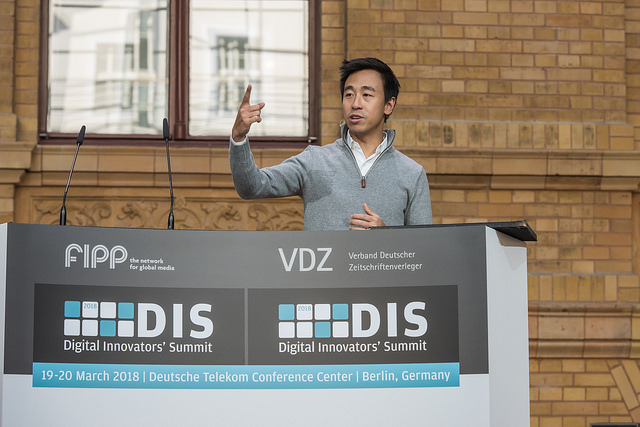Transforming Hong Kong’s newspaper of record to build a digital powerhouse
Cultural change
“Company culture is going to develop with or without the participation of media execs,” argued Gary. He then said that the company was focusing on three ways to transform its culture.
Firstly establishing a shared purpose - building a mission statement. Though as Gary acknowledged the execution of this is difficult. The need to get people to share a large singular goal that is often difficult to articulate is a tricky process.
To underline this he added that people often project the aims of the organisation as being much narrower than they actually are. Gary and his team then focused on establishing a language around purpose, stating why the news organisations exists, which in their instance is ‘to lead the global conversation about China.’
The second shift is around shared language - company values. “We now have the same north star,” adds Gary. “Most importantly we were able to move into a new space that was a physical expression of the shared language.” The company’s new offices took away some of the silos that had existed before, bringing people together.
Gary added that it is “hard to innovate when people have been sitting in the same space for 20 years, so we introduced a system of lockers and shared deskspaces. When we made that change immediately we had revolt.” He explained that for some their primary concern was ‘if I do not have a desk to call my own how do I know that I still belong?’ Their attachment to the company was not its mission, but the physical space they called their own. Gary said that de-anchoring them has dramatically changed this.
The third shift was rooted in creating a logo that would enable the employees to tell a story about the company and its values. Up until recently the company had a multitude of logos which were used in different places. They removed all these replacing them with a logo based on a maritime flag which means ‘willing to communicate.’
Gary said “we now have a simple, but compelling logo and our employees can explain the history of the company and its plans for the future just using the logo.”





